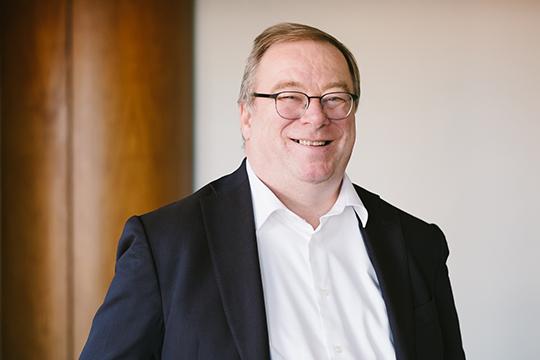There have never been perfect candidates in any election that I’ve ever voted in. The U.S. presidential campaign, now winding down toward November 8, only emphasizes the impossibility of perfectibility – and perhaps adds the rider that some are more imperfect than others.
Given that, I have long advocated the caveat-couched triad – competence, character and convictions – as a test by which to evaluate electoral options. Even those who are competent are more competent at some parts of the job than others. The public character of candidates is often a carefully marketed persona quite different from real character, but I know I have voted for those whose personal lifestyle choices and integrity are very different from that I would agree with. And when it comes to convictions, core beliefs and the manifestation of those in policy, I have disagreed with some aspects of every candidate’s policy proposals.
But if the standard is not perfection – and it must be or we would never vote – the question remains whether there is a line a candidate might cross in which it becomes impossible to vote for him or her?
As a committed Christian who has been very public about the relevance of faith to the public square, I have tried to envision the application of these principles in the current American presidential cycle. In addition to the obvious familiar arguments, there is a central concern I have struggled with most acutely, one which did not seem to get as much play as I thought it deserved. It is the matter of telling the truth or, slightly more elaborately, the easy acceptance of something called post-truth politics.
It was captured in a September issue of The Economist, beginning with the main cover line, “Art of the lie: Post-truth politics in the age of social media.” The article highlighted that while Donald Trump used “pants-on-fire” mistruths more than most candidates, examples could be multiplied historically where truthfulness and politics seem strangers. A loss of trust in institutions, which might act as gatekeepers, and the increased narrowcasting of contemporary media, where views are reinforced in a self-affirming echo chamber and countervailing arguments are mocked and marginalized rather than answered, are two factors that contribute to post-truth politics.
I wonder about pushing the analysis at least a step deeper. What if the politics of untruth is a logical consequence of a post-modern world in which what we feel is more defining than what might objectively be confirmed? Let’s admit it. Both Hillary Clinton and Donald Trump peddled public narratives that seemed fantastically removed from reasonableness. Yet they continued to have resonance with publics that wanted much more to believe them than to test them. The Economist article reminded us of President Reagan having to admit in 1986, when confronted with evidence that countered his claim of having not traded weapons for hostages in the Iran-Contra affair, “My heart and my best intentions still tell me that’s true, but the facts and evidence tell me it is not.” Thirty years ago there was a distinction between facts and feelings. Today feelings are considered facts.
The post-modern framework in which objectivity and truth have been reframed, then, provides the context within which campaigns of mistruth have resonance. Candidates can stand and out rightly deny things that they plainly have said, and we were left with the “did so, did not, did so” exchanges of the first Presidential debate, exchanges that are only slightly more tolerable in the Grade Two schoolyard.






